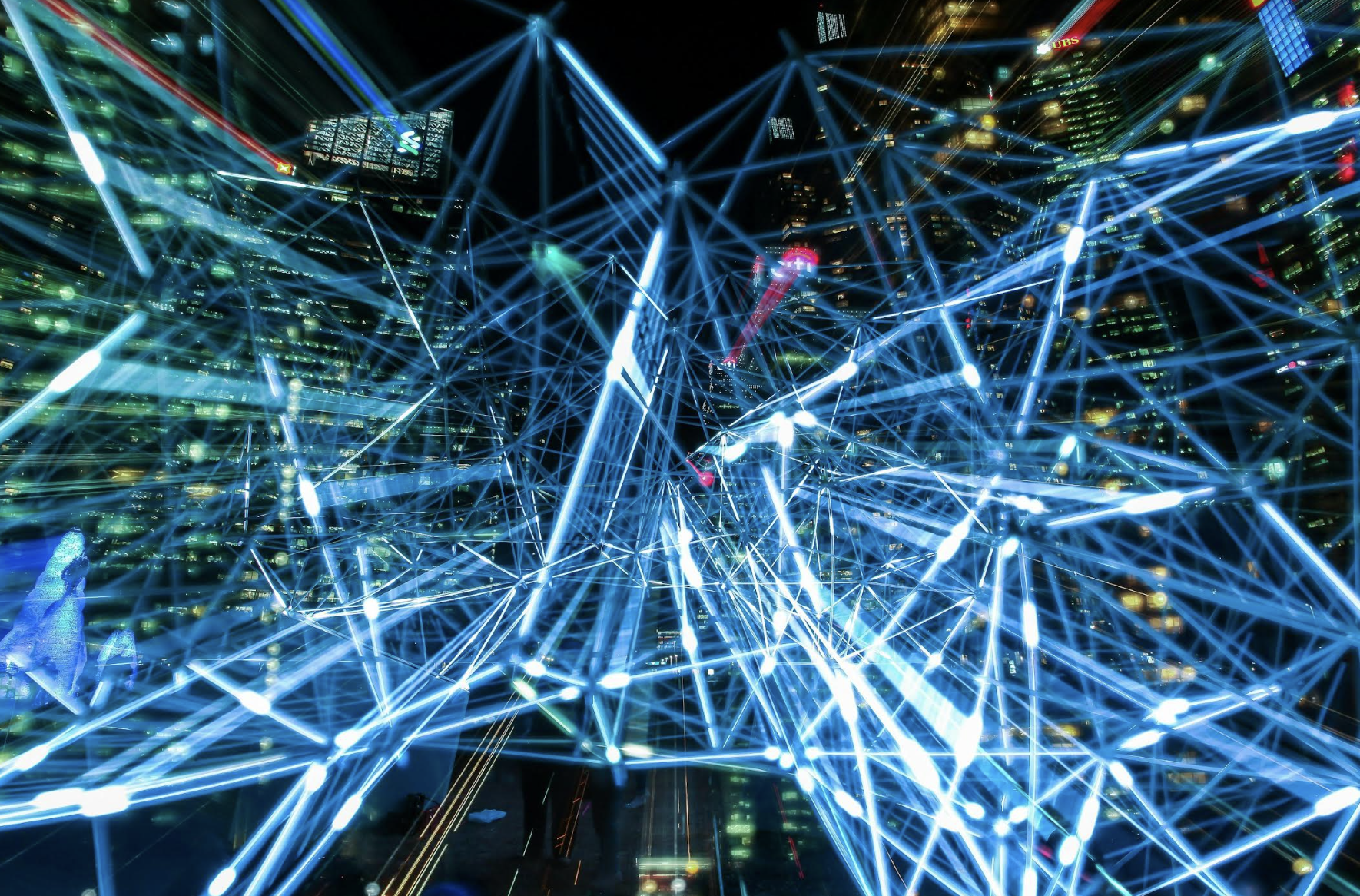- Details

In the last few years, there has been a significant impact of artificial intelligence on cybersecurity which has completely changed how people try to stay safe from online attacks. This is because it is now very easy for AI to go through so much data, identify anything abnormal, and even take necessary actions itself like blocking emails or denying access of certain users. Today, we are going to look at the revolutionizing effect that AI has brought into cybersecurity, and how organizations can use it effectively in order to boost their level of security against cybercrime. Just like knowing the difference between generative AI vs predictive AI plays a crucial role for businesses, the connection between AI and cybersecurity shouldn’t be left behind.
Preemptive Threat Detection:
The reactive nature of most conventional cybersecurity strategies implies reliance upon predetermined rules and signatures for threat detection and mitigation purposes, hence posing high probabilities of false positives. However, there are proactive cybersecurity approaches that rely on using artificial intelligence in security monitoring. It monitors what goes on now in real-time and differs from the former as it picks out abnormalities using machine derived statistics. Through this means of surveillance in which data packets flow one after another or otherwise, and by keeping an eye to detail on every bit of information concerning users’ activities as well as system operation, a well deployed AI system could pick up on potential precursor events leading towards full scale cyber assaults before they materialize.
Improved Threat Intelligence:
These days, there are AI based platforms for aggregating cyber threat intelligence that collect terabytes of information from event logs, hacker forums, and other public sources daily. Such technologies are capable of detecting emerging dangers, unknown weaknesses in programming code (so-called zero days), as well as very complex attacking techniques that bypass standard safety solutions. The timely nature of the information provided helps organizations stay safe in a fast changing world where new threats arise every day. Therefore, it can be said that with the advent of AI-powered threat intelligence which offers relevant and quick tips for prevention or reduction risks posed by hackers; companies stay ahead of hackers without much effort on their part.
Automated Incident Response:
If there is any breach in security, the use of AI cybersecurity solutions can automate incident response processes which will make sure that companies act fast and efficiently to reduce the attack damages. These are AI based orchestration response platforms that analyze security alarms, prioritize risks, take measures like separating affected devices from networks, blocking malicious traffic or communication and isolating infected machines for further examination. Through automation of repetitive assignments and decision-making phases, artificial intelligence simplifies incident management flow thus allowing security personnel to concentrate on important matters.
Dynamic Security Controls:
Through AI, businesses can now have adaptive security controls that change with new hazards and shifting risk profiles. For instance, an AI-based adaptable access control system may examine user behavior, equipment properties, and situational details to enforce access policies in real time and adjust authentication means. Similarly, adaptive anomaly detection systems supported by AI can modify thresholds or even rules of surveillance when there is a change in baseline or historical pattern of events. By doing this, security measures can still identify emerging hazard effectively and keep it at bay even as it threatens people’s safety.
Predictive Risk Analytics:
Using AI, historical data, machine learning algorithms and statistical models are combined to predict future cyber threats and detect potential security risks. Predictive risk analytics refers to the process of studying available data on security with the aim of foretelling possible dangers that may arise in the future. It does this through looking at the different features within this data using intelligent methods like machine learning and then drawing a conclusion about what might happen next or be expected in future days; these conclusions enable companies to see up weaknesses in their systems which they could have otherwise failed to identify and also determine some of the areas at risk from such weaknesses which may act as easy targets for cyber criminals. Through predicting what is likely going wrong soon or later and how many new problems will come up regarding this issue, organizations are given knowledge that helps them see where there are holes in security that need filling and make improvements on it.
In conclusion, AI has revolutionized cybersecurity because it facilitates proactive approaches towards threat identification as well as combating such threats before they materialize and management of risks. With the help of artificial intelligence, organizations are able to improve their defense systems, deal with emerging issues and safeguard their valuable digital properties against modern forms of cyber theft. The role of AI in assisting organizations to be ahead and secure their digital infrastructure from any harm or danger posed by cyber threats will become more important than ever as these threats grow in number, variety and complexity day by day.
